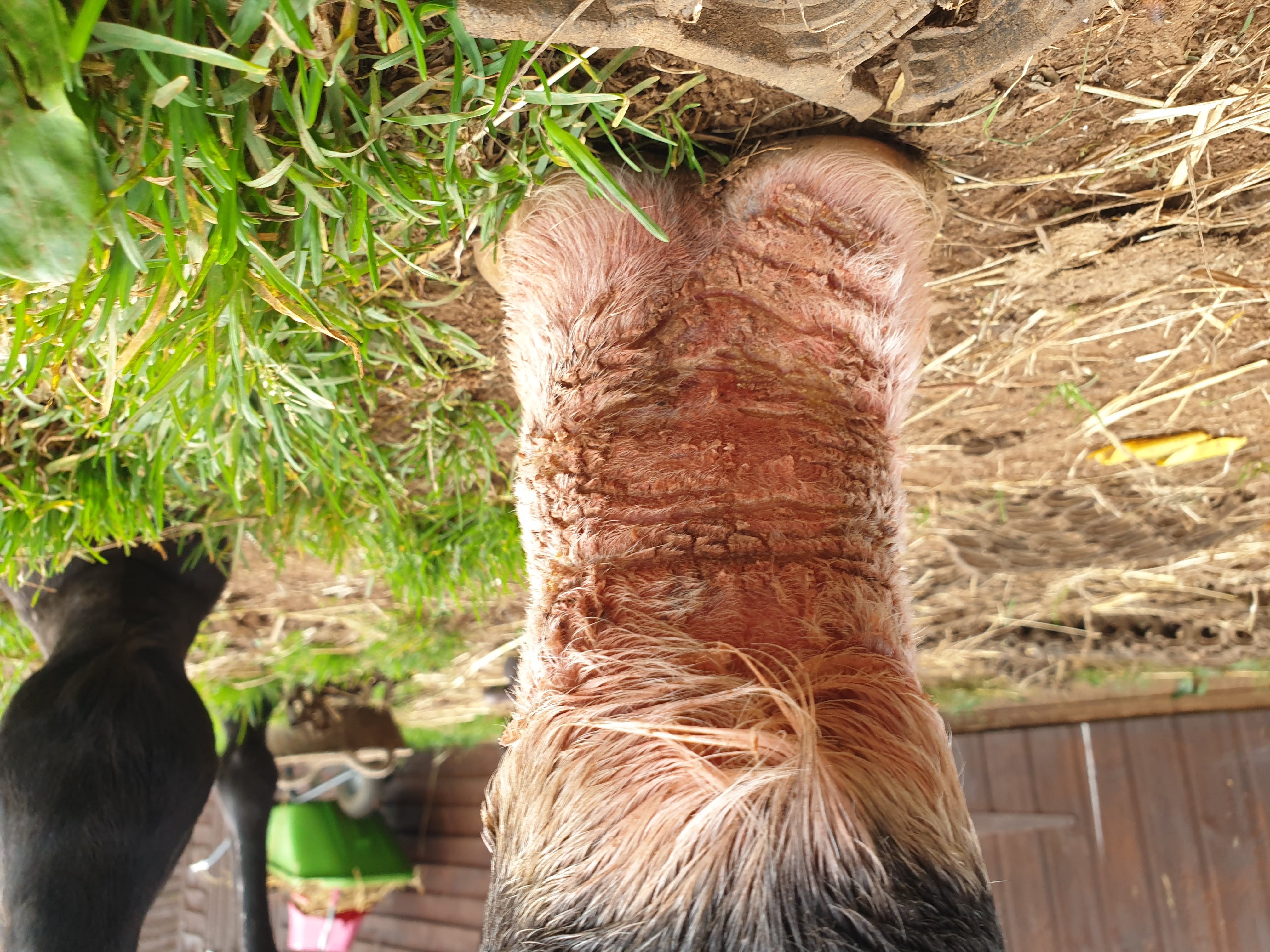
Wet conditions increase the risk of horses contracting an infectious condition called dermatophilus congolensis - more commonly known as Mud Fever. Treating Mud Fever is essential because it is a very painful condition.
The organism enters the bloodstream via broken skin, anywhere on the body but particularly through the feet, and is exacerbated when the horse stands in mud or soiled bedding for prolonged periods.
It can also be caused by over-washing of limbs and not drying them properly; excessive sweating under rugs or tack; or friction and chafing from overreach boots or wrongly fitted bandages.
Mud Fever can be a seriously debilitating infection.
Here are our handy pointers for the treatment of mud fever....
If you can't prevent the onset of mud fever then how it is treated is key to how quickly the condition can be cured and the skin healed. Obviously not all cases respond to off the shelf topical remedies and therefore prolonged, severe cases may require the attention of a veterinary surgeon as Mud Fever is a very painful condition.
Scab Removal
The popular treatment for mud fever involves removal of scabs, smearing with a commercial preparation such as Muddy Marvel De Scab Liquid, and then the application of an antibacterial lotion. However bearing in mind the soreness related to the condition, scab removal can be very stressful, dangerous and painful. Then wrap the affected area in cling film and apply a bandage. Once bandaged, leave overnight and in the morning the scabs should be soft enough to just come away.
If removal of the scabs is impossible or the area is too seriously infected then using Lincoln Mud Kure Powder and Cream is an ideal solution as the silver ions embedded into these products will kill the bacteria and remove the infection. As the powder can be puffed on there is no need to touch the area until the inflammation and pain have started to subside and the horse or pony is more comfortable.
Scrubbing of the legs should be done sparingly so as not to remove the cells that are trying to regrow and therefore prolong healing. If the legs must be washed then sensitive skin soap is the best option as it is least damaging. If the area is very dirty prior to treatment then a disinfectant wash can be used.
Drying the Infected Area
Once the area is clean and scab free there are a number of different products that can be applied. If the legs are wet an antibacterial powdered product would be advisable to help with drying, e.g Lincoln Muddy Buddy Powder, or the legs could be wrapped with silver lined stable boots. Obviously, these options are only really suitable if the horse is to be stabled. If the horse needs to be turned out, then towelling the legs off until dry and applying a waterproof barrier cream is necessary e.g Lincoln Mud Screen.
Using turnout socks at this stage is not advisable as the bacteria will thrive in the warm, moist environment within the boots, these are really only useful as a preventative measure.
The biggest problem is cross contamination. Always wear latex gloves and discard each glove after use on the legs. Do NOT put dirty gloves into pots of cream as this is the quickest way to make Mud Fever spread.
Totally Tack has everything you need for successfully treating Mud Fever - advice and products. Just get in touch if you help with mud fever treatment or prevention.



